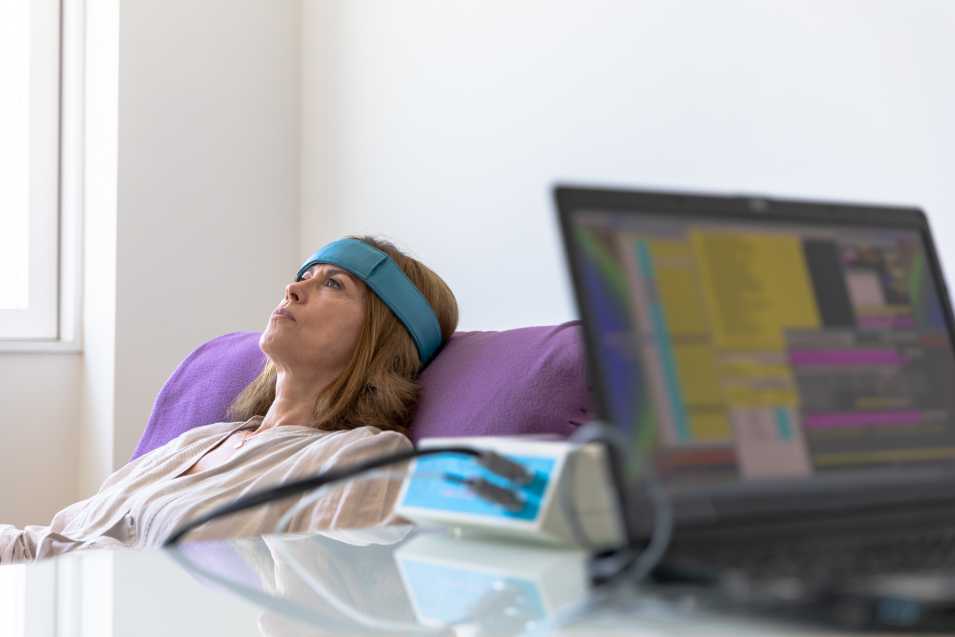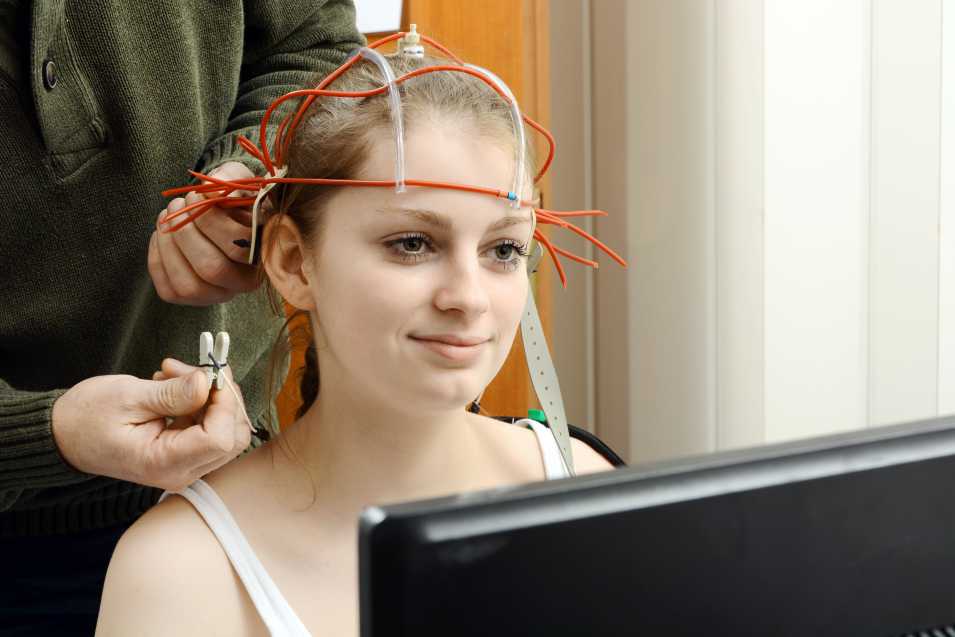Neurofeedback Therapy; Whether you have a child with autism or are simply looking for an alternative treatment for your own neurologic issues, neurofeedback therapy might be the answer for you. It presents real-time feedback on your brain activity to help reinforce healthy brain function.
Is neurofeedback covered by insurance?
Whether or not your insurance covers neurofeedback therapy depends on your insurance plan. Many plans exclude this type of treatment, while others cover it.
If your insurance plan covers neurofeedback therapy, you may have to meet certain criteria. You may also need to see your primary care physician to obtain a medical necessity authorization.
Neurofeedback training is generally considered safe and effective, but there are some side effects. The most common include sleepiness and anxiety. It’s important to report any side effects to your clinician.
Neurofeedback can help with a wide range of disorders, including ADHD, anxiety, seizures, depression and post-traumatic stress disorder. Medicare doesn’t usually cover the treatment, but it’s a worthwhile investment.
The Biofeedback Certification International Alliance (BCIA) is a voluntary certification program for neurofeedback practitioners. The program requires participants to complete coursework in neuroscience and health care. The BCIA’s website offers a searchable database of providers.
Neurofeedback therapy cost
Whether you have ADHD, depression, or another condition, neurofeedback therapy can help you manage your condition and improve your quality of life. How much does neurofeedback cost? The cost of neurofeedback therapy can vary depending on your provider and the type of therapy you need. Packages of 10 or 15 neurofeedback sessions can be taken. Packets of 10 neurofeedback sessions usually cost $750, while packets of 15 sessions typically cost $1,200.
In order to pay for neurofeedback, you may need to apply for a Health Savings Account (HSA) or Health Savings Account (HSA) card. In addition, your insurance provider may cover part of the cost.
Neurofeedback therapy has been proven to reduce symptoms and improve quality of life. However, it is still considered experimental by many insurance companies. Before starting the process, you should ask your referring physician about coverage for neurofeedback therapy.
Neurofeedback therapy is a non-invasive treatment that helps your brain regulate itself. It involves using electrodes to detect brainwaves and sending them to a computer. Your brain waves are then measured and you learn to increase or decrease them in response to cues.
Related Article: Benefits Of Quantum Neuro Reset Therapy (QNRT Therapy)
Neurofeedback in NYC
Patients learn to regulate their brainwaves better using neurofeedback techniques in New York. This training process is considered as an alternative to medication. It can help patients in treating many diseases.
It uses electrodes on the scalp to monitor brainwaves. The therapist will adjust the electrode parameters according to the brain function being targeted. The feedback is then transmitted to the patient. This allows them to recognize their brain states and recreate the desired brain states.
Neurofeedback NYC can be a great help in treating several conditions. It can help patients in coping with anxiety, post-traumatic stress disorder, sleep disorders, ADHD, and other neurological conditions. It can also help patients in reducing their craving for alcohol and drugs. It can also help patients in recovering from traumatic brain injuries.
Neurofeedback is effective for treating ADHD, autism, obsessive-compulsive disorder, seizures, learning disabilities, and other mental illnesses. Surgeons also use it to improve their microsurgical operations.
Neurofeedback is a medication-free method. The electrodes placed on the scalp record the EEG. The signal is then compared with a reference electrode. The difference represents the brain activity at the active electrode. When the signal is positive, the screen brightens. When it is negative, the screen dims.
The feedback may be audio cues or visual cues. Additionally, it may be utilized in conjunction with Cognitive Behavioral Therapy (CBT). This procedure is used to treat several conditions. Depending on the condition being treated, the number of sessions may vary.

Neurofeedback side effects
Even though neurofeedback is a non-invasive and relatively new therapy, side effects are possible. However, they are not harmful. They are usually temporary and only affect a small percentage of patients.
Neurofeedback is designed to improve the functioning of the brain. It targets areas of the brain that have been shown to improve performance. It can be used on adults, children, and adolescents. The program looks like a video game and is designed to give the brain feedback on brainwave frequencies.
Neurofeedback may be used to treat ADHD, autism, seizures, and other behavior disorders. As an additional treatment option, it can help with neurological problems and cognitive impairments.
Neurofeedback ruined my life!
Neurofeedback can cause a wide range of side effects. These include temporary feelings of fatigue, depersonalization, and even an emotional upheaval. Some people may develop anxiety after neurofeedback training.
It is possible that you may hear people saying “Neurofeedback ruined my life“. Of course, there are some reasons for this. Some side effects are caused by improper training, while others are due to a placebo effect.
Microcurrent neurofeedback
Using IASIS Microcurrent Neurofeedback Therapy, patients can experience relief from anxiety, stress, ADD/ADHD, migraines, and other symptoms. Thousands of people have benefited from this ground-breaking technology because it doesn’t cause them any harm and doesn’t hurt when it does.
Patients sit comfortably in a treatment room with electrodes on their scalp in a treatment session. Microcurrent Neurofeedback Therapy delivers low-intensity pulses to the brain via the electrodes, which helps the brain become more regulated. Micro Current Neurofeedback has been proven to produce long-lasting modifications in the brain.
This treatment is also proven to improve memory and multi-tasking ability. Patients report increased energy, better sleep, and clearer vision. Microcurrent Neurofeedback Therapy has also been proven effective in the treatment of substance abuse.
Neurofeedback therapy uses real-time feedback to train the brain to let go of unhelpful brain-wave patterns. In turn, the brain learns to use healthier thought patterns.
Related Article: ABA Therapy NYC
Neurofeedback autism
Using Neurofeedback therapy for autism can help patients develop the skills necessary to regulate their brain activity. Neurofeedback training can also improve sensory integration and improve social skills. It can also reduce symptoms of co-occurring disorders.
Unlike drug treatments, neurofeedback therapy does not have any side effects. It is also non-invasive. A patient sits in a comfortable chair and watches a video of his or her brain waves. The video can be adjusted to encourage positive changes, discourage negative changes, and maintain the patient’s progress.
Brain waves are recorded by placing electrodes on the scalp of the patient. The practitioner then monitors the brain waves and uses the information to design a neurofeedback protocol. The protocol is designed to target the specific brain regions that are associated with the patient’s symptoms.
Related Article: Neuromuscular Therapy
